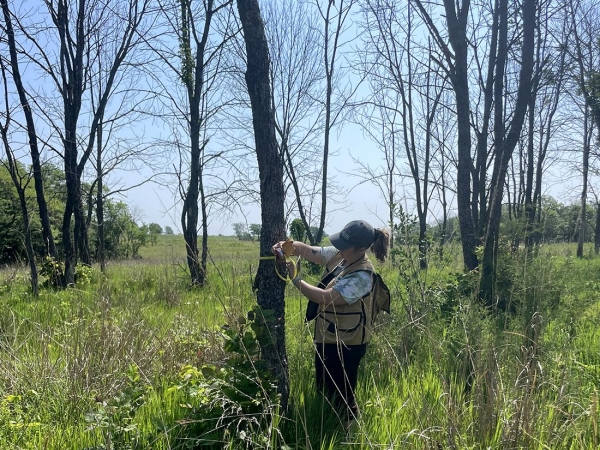The invasive insect emerald ash borer is killing ash trees at an unprecedented rate in the United States, and now five North American species of ash are considered critically endangered, according to the U.S. Department of Agriculture (USDA) Forest Service.
The invasive insect emerald ash borer is killing ash trees at an unprecedented rate in the United States, and now five North American species of ash are considered critically endangered, according to the U.S. Department of Agriculture (USDA) Forest Service. But a small percentage are surviving, and research by Forest Service scientists suggests that those trees may hold the key for saving the species.
In an effort to unlock the answer, researchers in the Louis W. Schatz Center for Tree Molecular Genetics at Penn State are working with The Nature Conservancy and the USDA Forest Service to conduct genomic analysis of range-wide collections of green ash, white ash and black ash. Led by center director Jill Hamilton, associate professor in ecosystem science and management in the Penn State College of Agricultural Sciences, they will assess range-wide genetic variation that could guide resistance breeding and restoration efforts.
Read more at: Penn State University
Graduate student researcher Kyra LoPiccolo measures a white ash as part of a common garden experiment in Lawrence, Kansas. (Photo Credit: Penn State. Creative Commons)




